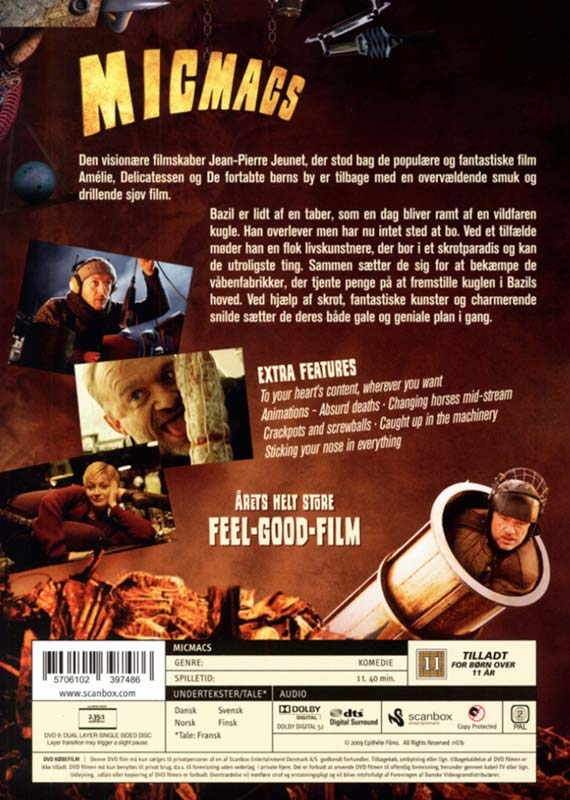

This equilibrium is the result of trophic. The lake is a small, permanent water body, of glacial origin, at 2365 m above the sea level on mount Gramos on the border between Albania and Greece. In this paper, Forbes describes a hypothetical isolated, small lake as being a microcosm that is in equilibrium. nitrogen cycle was studied using weekly lake samples and sediment - water microcosms. BIODIVERSITY OF AN ISOLATED MICROCOSM SUMMARY The zooplankton composition of the lake Gistova has been studied for the rst time. The second part contains the four papers. For summary, see Water Resources Research Catalog 11, 5.1436. The first part of the thesis consists of a summary where this work is presented and discussed in the context of current time-series analysis. By doing nearly equivalent analyses within a range of ?cological realism?of the time-series, this thesis puts the suggested method through a systematic test and explores some basic assumptions in time-series analysis. Paper 4 covers experiments testing the stability of demographic trade-offs in microcosms. Paper 3 reports on time-series analysis of an experimental ecological system in which interactions are studied in greater detail. Krankesjo¨n, Sweden (Box 1), to what Forbes described from some American lakes a century ago. The first two papers represent an introductory stage where a new approach to time-series analysis is presented and where two-species interactions are explored with synthetic data obtained from model simulations and lake plankton data. one thoroughly studied ‘‘microcosm’’, in this case L. Time-series reflect both internal (biological) and external (environmental) factors and the separation of these factors from time-series is a non-trivial task. Such interactions are often studied through organism abundances over periods of time (time-series).

This study concerns interaction between organisms.


 0 kommentar(er)
0 kommentar(er)
